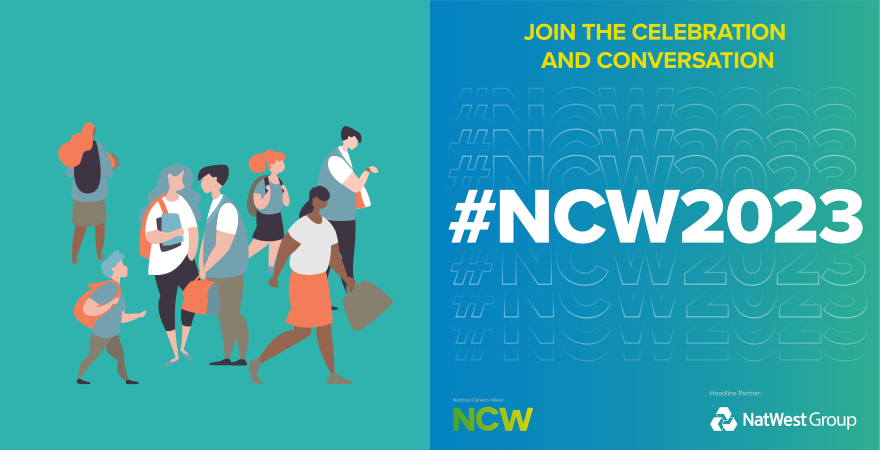
 Nina Hinton, Director of Business and Development
Nina Hinton, Director of Business and Development
Gatsby measures, also known as the "Good Gatsby Benchmarks," are a set of recommendations that aim to help young people acquire the knowledge and skills they need to succeed in their future lives.
These measures include things like developing character, becoming well-rounded individuals, and engaging in meaningful work. Here are five ideas for embedding Gatsby measures into alternative curricula:
- Community learning projects: Service learning projects involve students in community activities that are directly connected to the curriculum. For example, students could work with a local organisation to address an issue related to environmental sustainability or social justice. This type of project can help students develop a sense of civic responsibility, empathy, and social awareness, which are all key components of the Gatsby measures.
- Entrepreneurial challenges: Entrepreneurial challenges allow students to develop important skills related to innovation, problem-solving, and business acumen. For example, students could be tasked with creating a new product or service and then pitching it to a panel of judges. This type of challenge can help students develop a growth mindset and a sense of self-efficacy, which are also key components of the Gatsby measures.
- Mindfulness and well-being practices: Mindfulness and well-being practices, such as yoga, meditation, and mindfulness exercises, can help students develop resilience, self-awareness, and emotional intelligence. These practices can be integrated into the daily routine of the classroom or school, and can also be used to support students during times of stress or anxiety.
- Creative projects: Creative projects allow students to express themselves and develop their creativity while also building skills related to communication, problem-solving, and collaboration. For example, students could be tasked with creating a short film, designing a website, or writing and performing a play. This type of project can help students develop a sense of agency and self-expression, which are also key components of the Gatsby measures. It can also allow students to explore different career paths and interests, helping them to become well-rounded individuals.
- Leadership development programs: Leadership development programs can help students develop important leadership skills, such as communication, collaboration, and strategic thinking. These programs can include activities such as group projects, team building exercises, and mentorship opportunities. By developing these skills, students can become more confident and effective leaders, which is also a key component of the Gatsby measures.
Or as an added, bonus number 6… why not think about...
STEM Challenges allow students to engage with real-world problems and develop their critical thinking and problem-solving skills in STEM fields. For example, students could be tasked with designing and building a solar-powered car or a bridge that can support a certain weight. This type of challenge can help students develop an understanding of STEM concepts and principles, as well as build skills in teamwork, communication, and creativity. It can also inspire students to pursue careers in STEM fields, helping them to become well-rounded individuals and contributing members of society.
